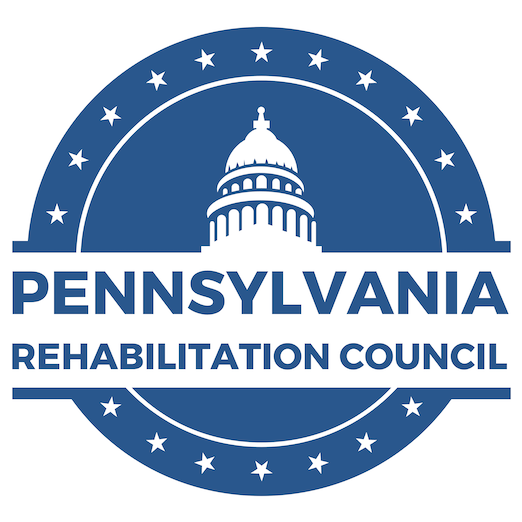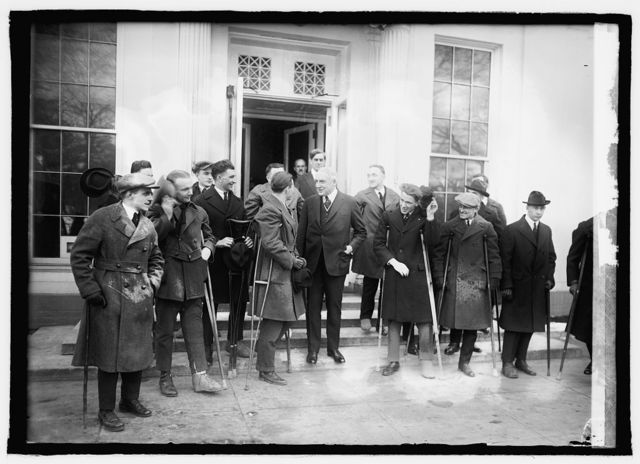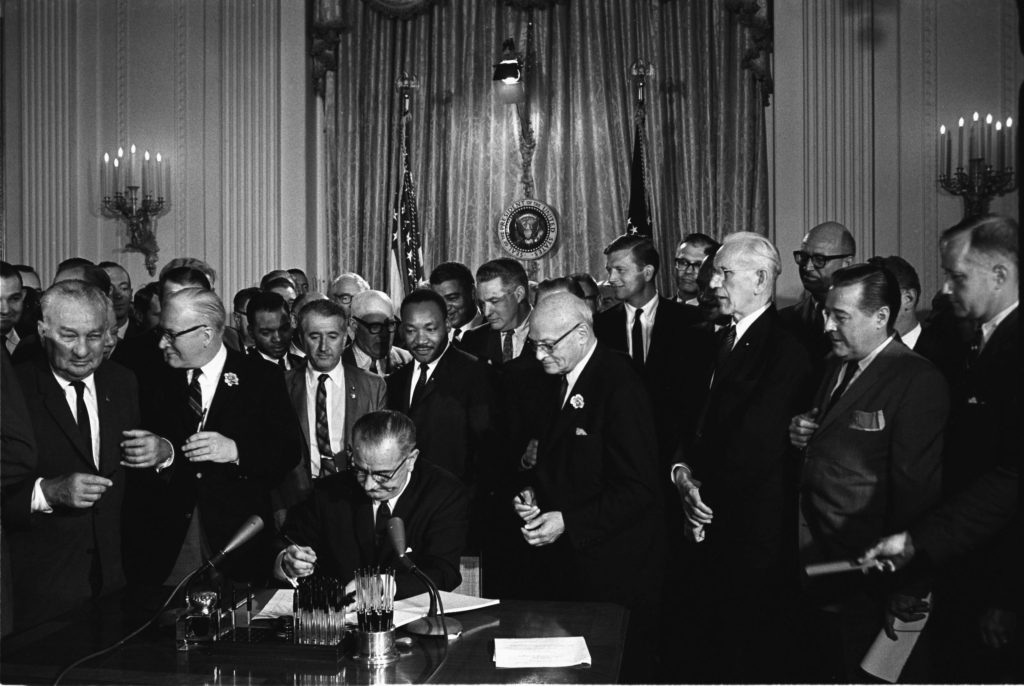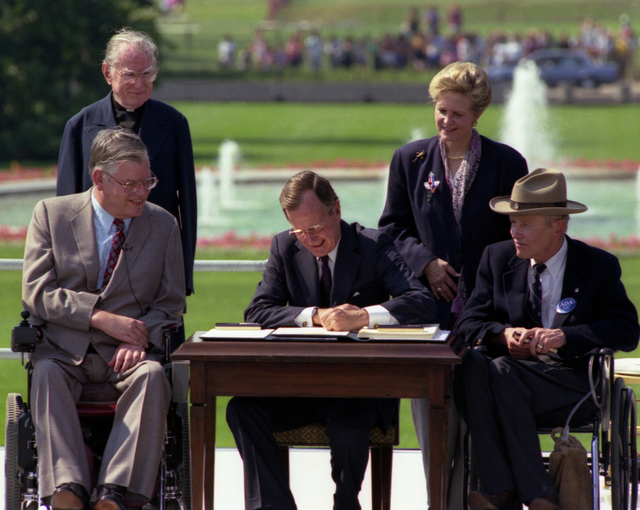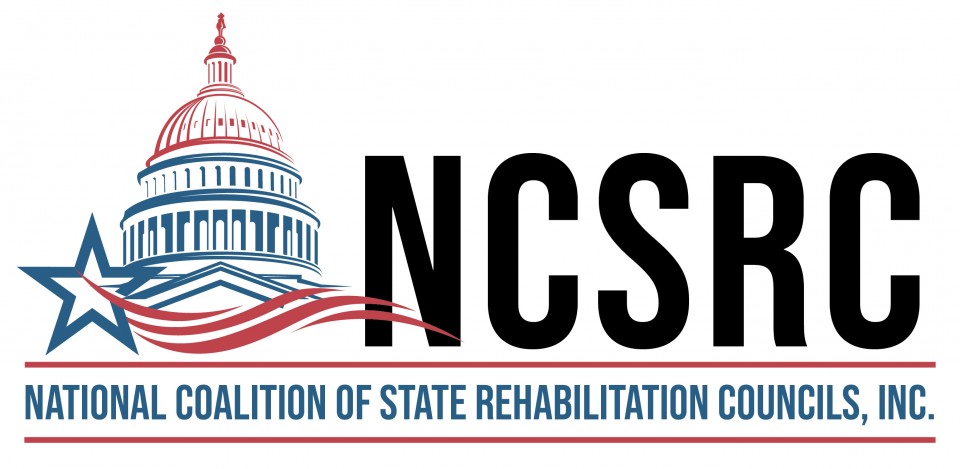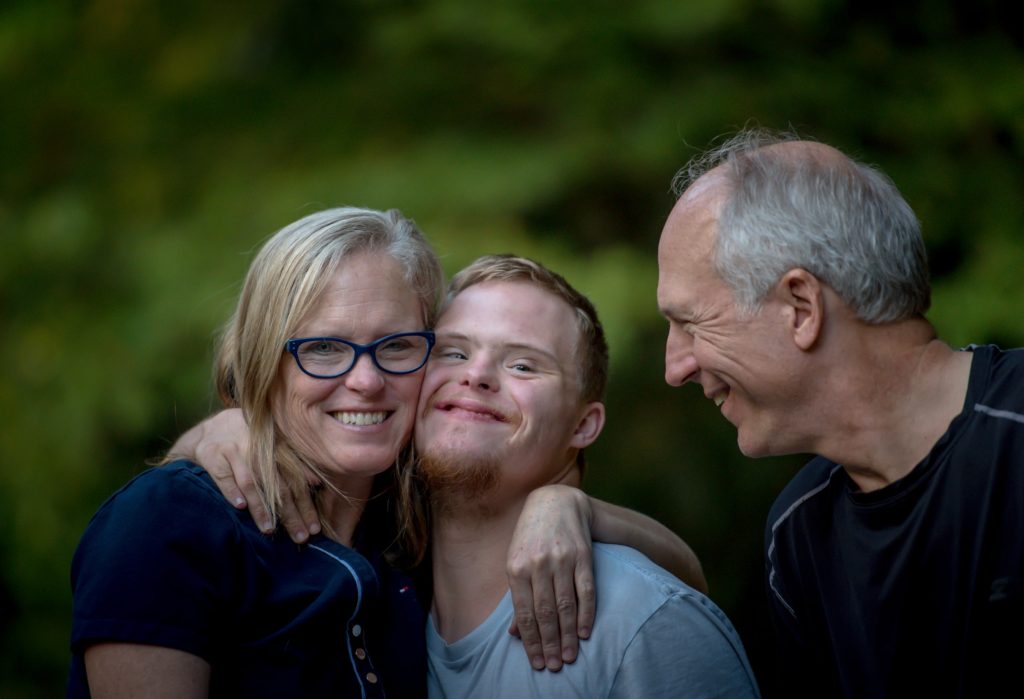History of the Pennsylvania Rehabilitation Council
The Pennsylvania Rehabilitation Council was established in 1993 as mandated under the Rehabilitation Act Amendments of 1992. The Council provides citizen oversight to the Office of Vocational Rehabilitation (OVR) and shares its dedication to the empowerment of persons with disabilities, particularly those with the most severe disabilities, so that they may realize their goals with respect to employment, independence, and integration into society. The 1998 Amendments to the Rehabilitation Act provided clarifications to the responsibilities of Council functions that further the goal of creating a consumer-driven vocational rehabilitation system for each state. The 2014 Workforce Innovation and Opportunity Act (WIOA) is an important piece of legislation for the Council and OVR as it provides additional Amendments to the Rehabilitation Act that are intended to strengthen the nation’s workforce system and improve employment opportunities for people with disabilities.
It is important to understand the legislative history that created and expanded the role of the State Rehabilitation Council (SRC) to its current form. The following timeline provides an overview of the legislative progression of the public VR Program:
